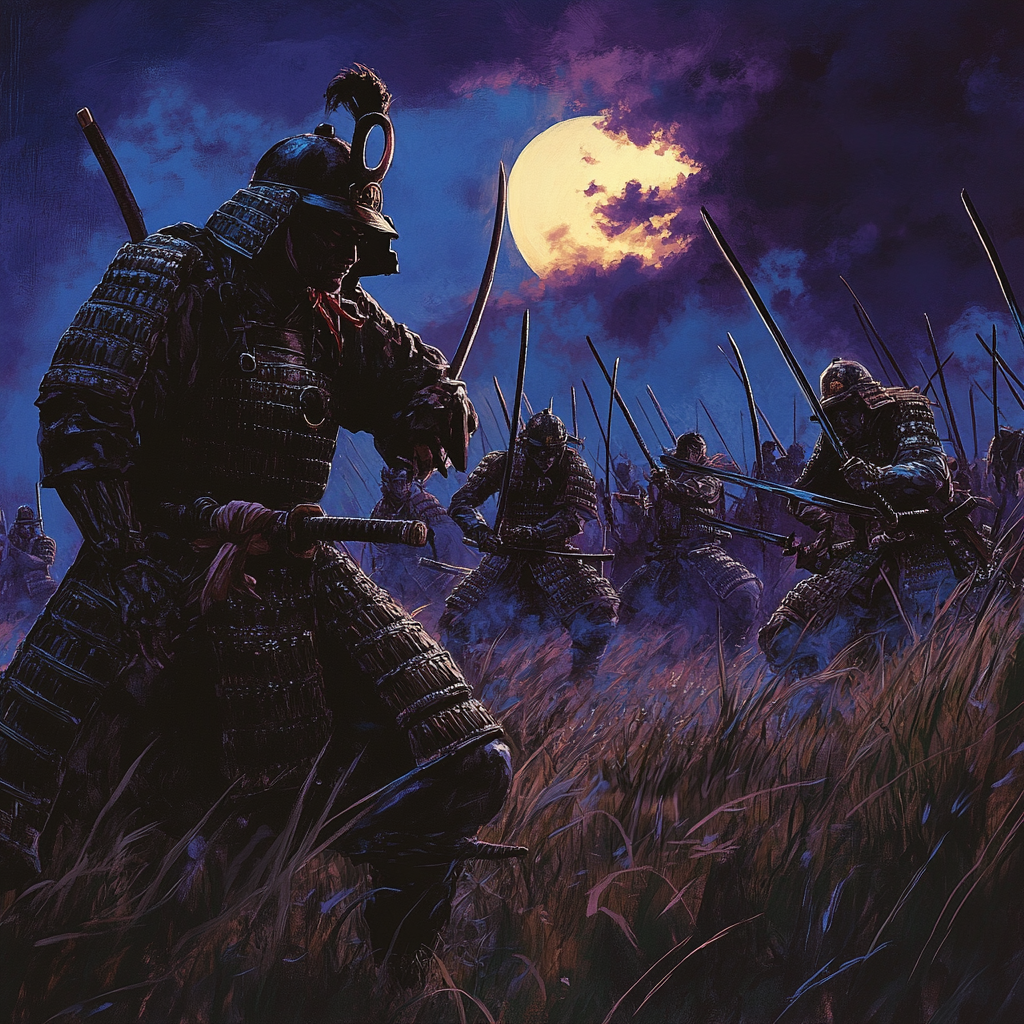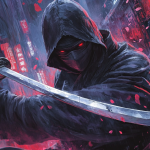The most decisive and transformative battle in the history of Japan, the Battle of Sekigahara was fought on October 21st, 1600, and marked the end of the Sengoku period. The battle signaled the end of decades of nearly constant warfare and set the stage for the Tokugawa Shogunate which brought over two centuries of stability. For hundreds of years, locals in Japan have told paranormal stories about the ghosts of Sekigahara.
After the death of Toyotomi Hideyoshi, the daimyo who had unified much of Japan, two major factions vied for control. The Eastern forces were led by Tokugawa Ieyasu, a cunning leader who challenged the Western Army which represented the Toyotomi clan. They were led by Ishida Mitsunari who wished to preserve the empire that Toyotomi Hideyoshi had created.
The two armies formed, then sought out each other as they approached what is today the Gifu Prefecture, a narrow valley that offered a natural choke point in the terrain. The geography made it the ideal location for a pitched battle.
Ishida Mitsunari led the larger of the two forces with approximately 82,000 troops. And while Tokugawa Ieyasu’s forces numbered around 75,000, he was the more cunning leader of the two. Ieyasu held advantages thanks to his strong leadership, strategic mindset, and most importantly his political awareness which proved to be the decisive factor.
In the days before the battle, Ieyasu managed to sow discord into the allies of Mitsunari, particularly Kobayakawa Hideaki, the leader of roughly 15,000 troops who would play a pivotal role. But at the time, Hideaki’s allegiance would remain uncertain until both sides would meet in battle.
After days of maneuvering, both armies arrived at Sekigahara ready for battle. In the early morning hours of October 21st, a dense fog had enveloped the entire area. This made for the perfect cover to allow both sides to position their forces. The Western Army under Mitsunari pressed hard against the right flank of Tokugawa’s troops. The battle raged back and forth as both sides pressed forward.
But at a critical moment, Kobayakawa Hideaki’s forces, which had held themselves out of the battle so far switched sides and launched a strong attack against Mitsunari’s forces from the rear. The attack caught Mitsunari off guard and the betrayal caused chaos amid the Western Army. Faced with enemy forces on both sides, the Western Army crumbled and fled the battlefield.
Tokugawa had achieved a decisive victory. The Western Army had been defeated with most of its leaders either captured or killed. Ishida Mitsunari was also captured and executed shortly afterwards. His death cemented the victory achieved by Ieyasu’s forces. And while remnants of the Western Army would continue to resist over the next two decades, their power was broken.
Three years after the Battle of Sekigahara, Tokugawa Ieyasu would be appointed shogun, establishing the Tokugawa Shogunate that began the Edo period. A reign of 260 years that would govern Japan, this era was marked by stronger economic growth and political stability. However, it also became known for a growing isolationist movement that would cut of Japan from the rest of the world.
Supernatural Legends And The Ghosts of Sekigahara
Numerous stories of paranormal activity are associated with the battlefield of Sekigahara. Some of these local legends are listed below:
- Phantom Soldiers: Some visitors and locals claim to hear the sounds of battle—clashing swords, battle cries, and galloping horses—on quiet nights, as if the spirits of the fallen are reenacting the confrontation. The ghosts of Sekigahara still appear to be at war.
- Mysterious Lights: Reports of strange lights floating over the battlefield have been attributed to the restless souls of samurai who died in the battle.
- Cold Spots: Visitors have noted sudden drops in temperature and an unsettling feeling of being watched while exploring the battlefield, particularly near areas where mass graves are believed to exist.
- Haunted Trees: Some trees in the area are said to have absorbed the energy of the violence and death, leading to unusual phenomena such as unexplained shadows and whispers emanating from the woods.


